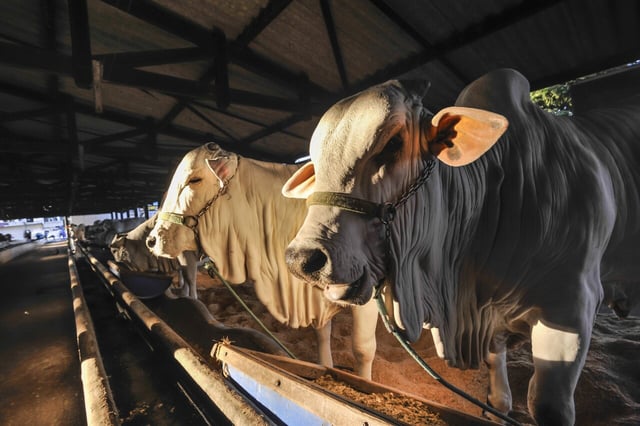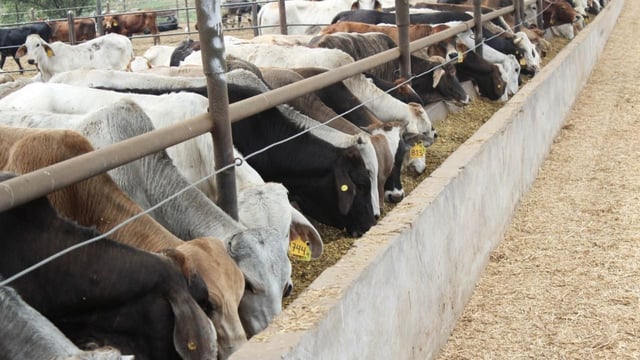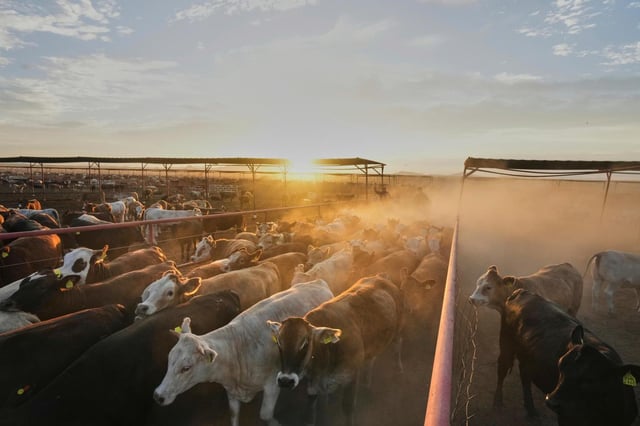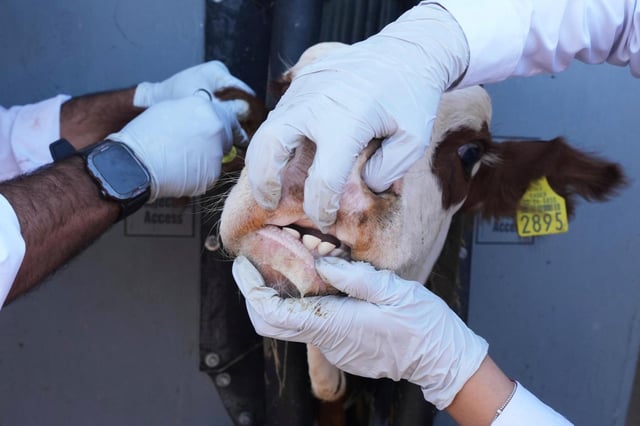Overview
- The U.S. Department of Agriculture has halted live cattle, horse and bison imports from Mexico for the third time in eight months following a new screw-worm outbreak in Veracruz.
- The Mexican Meat Producers Association estimates border closures are costing the country $25 million to $30 million each month and have slashed live exports from 1.2 million to under 200,000 head this year.
- Sonora ranchers have redirected over 35,000 cattle to domestic markets at 25 percent to 35 percent discounts and diversified into beekeeping, sheep farming and luxury butcher shops.
- U.S. and Mexican authorities plan to produce and release billions of sterile flies across southern Mexico and Texas over the next six months to break the screw-worm breeding cycle.
- A prolonged two-year drought in northern Mexican states has driven a 2 percent decline in cattle inventories and a 4.6 percent drop in meat production, reducing ranchers’ resilience and delaying border reopening.



